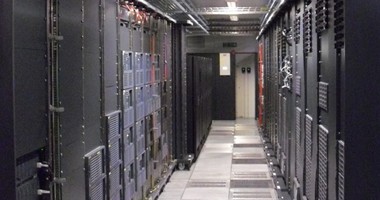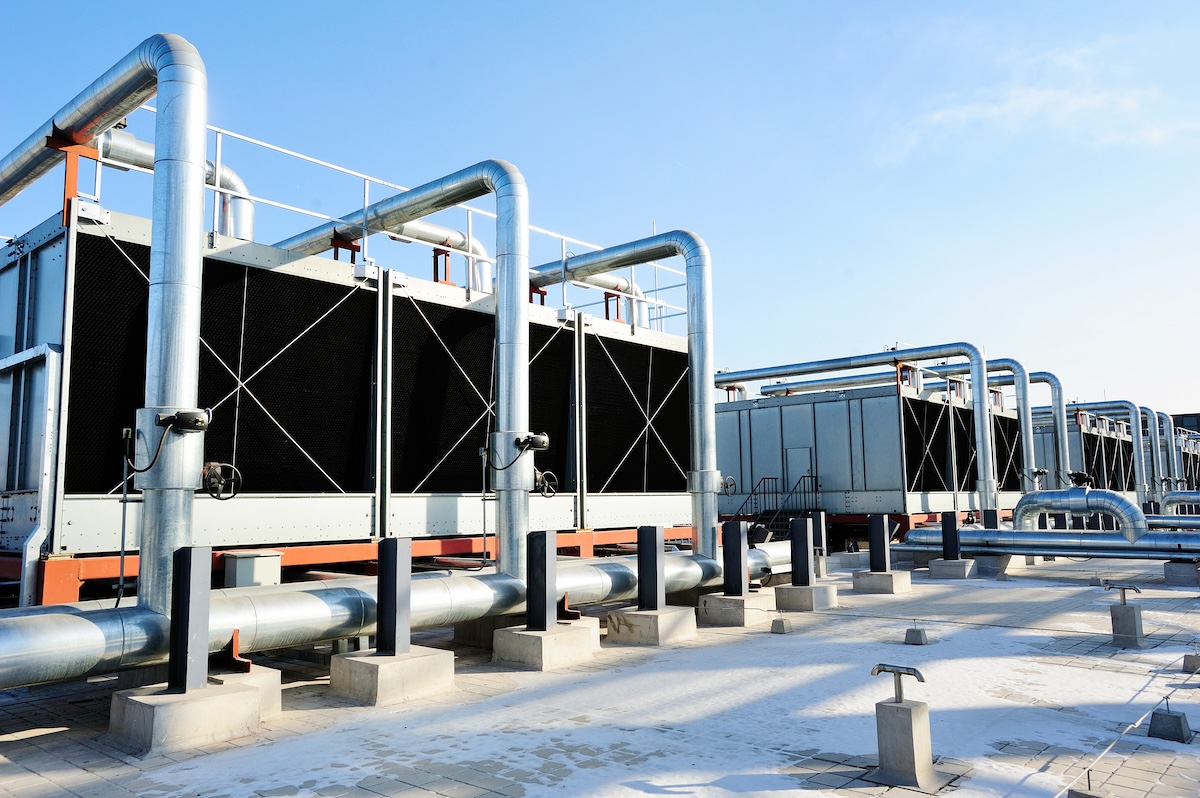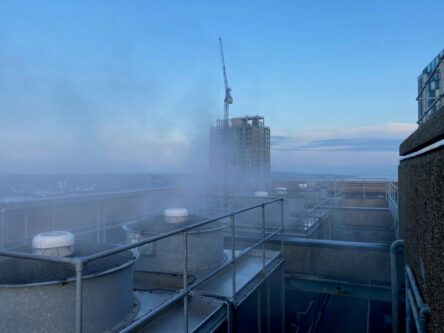
The rapid advancement of artificial intelligence (AI) has significantly increased the demand for data centres worldwide. The technologies that underpin AI, such as machine learning, natural language processing, and autonomous systems, require immense computational power and data storage capabilities. As businesses integrate AI into their operations, from predictive analytics to customer service automation, the infrastructure to support these functions are having to scale accordingly.
Data centres play a crucial role in providing the high-performance computing (HPC) needed to process these vast amounts of data quickly and efficiently. AI applications often rely on complex algorithms that demand powerful servers and substantial energy resources, pushing data centres to expand both in size and capacity. This growth is also driven by cloud computing, which hosts AI services, requiring data centres to offer low latency and massive storage solutions.
Moreover, the rise of AI increases the need for edge computing, where data is processed closer to the source to reduce delays, leading to a surge in micro data centres in urban areas. These facilities enhance the speed and efficiency of AI systems, particularly in industries like autonomous driving, healthcare, and real-time analytics.
In response, data centres are evolving to meet these needs, investing in energy-efficient technologies, enhancing cooling systems, and optimising space to accommodate AI workloads. As AI continues to transform industries, the demand for more sophisticated, scalable data centres will only intensify, making them an essential component of our digital future.
All of this computing power, produces heat and heat, alongside water, is the enemy of computing.
We have over 25 years experience in the design, installation and maintenance of data centre infrastructure. We develop our knowledge and energy efficient solutions through ‘Proof of Concept’ models. We also work with some of the world’s largest organisations to deliver their IT/data centre requirements. When you need data centre cooling services, come to Kimpton for a low carbon, highly cost-effective solution.

Cooling a data centre is essential to maintaining optimal temperatures for servers and preventing overheating, which can lead to equipment failure and downtime. Several cooling methods are used in data centres to manage the heat generated by high-performance computing systems. Here are the most common approaches:
Computer Room Air Conditioners (CRAC) or Air Handlers (CRAH): These are the traditional methods of cooling, where chilled air is distributed through the data centre to cool servers. The hot air is then vented out of the space.
Hot and Cold Aisle Containment: In this setup, servers are arranged in rows, with alternating “hot” and “cold” aisles. Cold air is directed into the cold aisles, while hot air is contained and removed from the hot aisles, reducing the risk of hot air mixing with cool air.
Raised Floor Systems: Chilled air is pushed up through perforated floor tiles, helping to cool the servers from underneath.
Liquid Cooling: Liquid cooling involves circulating chilled water or coolant through pipes near the servers to absorb heat. This method is more efficient than air cooling, especially for high-performance equipment like AI servers.
Direct-to-Chip Cooling: Coolant is circulated directly to the server components (like CPUs and GPUs) via cooling plates or heat sinks, which removes heat at its source. This is effective for handling the heat generated by modern, high-density computing.
Liquid Immersion Cooling: In this advanced method, servers are submerged in a thermally conductive, dielectric (non-conductive) liquid. Heat is absorbed by the liquid and dissipated. This method is particularly effective for extreme heat loads generated by AI and high-performance computing.
Evaporative Cooling: This method uses water evaporation to cool the air entering the data centre. Warm air passes through water-soaked pads, and as the water evaporates, the air cools before circulating through the facility. This is a more energy-efficient method than traditional air conditioning.
Free Cooling: In colder months we can use free cooling to take advantage of the outdoor ambient temperature to cool the data centre without mechanical refrigeration. Air or water from outside is used to reduce the need for active cooling systems, lowering energy costs.
Heat Capture and Reuse: With the rising demand for lower carbon solutions, data centres are now capturing and repurposing waste heat generated by servers. The captured heat can be used to warm nearby buildings or facilities, improving energy efficiency and reducing environmental impact.
Renewable Cooling Solutions: Renewable energy sources, like ground source heat pump systems and solar PV are now common in data centre sites.
Increasingly, AI-powered systems are being used to optimise the operation of cooling equipment by dynamically adjusting temperatures and airflow based on real-time data from sensors. This helps reduce energy consumption while maintaining the optimal temperature for data centre performance.
Cooling a data centre involves the removal of heat to enable servers to operate efficiently.
Whilst much of this can be achieved with traditional HVAC solutions, the increasing demands for decarbonised solutions are meaning ever smarter working.
Kimpton have the experience and the team around us to deliver the cooling required to allow your data centre to keep delivering and the AI to keep working.


The Client From its roots as a soap manufacturer in the 1890s, this major multi-national has grown to a company offering more than 400 brands across a diverse range of

Client: Trinistar Investments Site: The Capital Building, Liverpool Value: £7.5m Project: HVAC Replacement across 13 floors Project Manager: Scott
If you would like to discuss any of our services, please call 0151 343 1963 or complete the form below and we will be in touch shortly.